
Government
The Branches of Government
The Articles of Confederation and the US Constitution contain evidence that the framers feared giving too much authority to the government. They devised several methods to ensure government officials would never have too much authority. One of these methods, which is written into the US Constitution, was a system called “separation of powers,” which divided the government into three branches: executive, legislative, and judicial. These branches control a different part of the government and they also check the powers of the other branches, so one branch does not become too powerful.
Legislative Branch
- Passes laws
- Creates the budget
- Conducts investigations
- Confirms appointments
- Ratifies treaties
- Impeaches elected officials
Executive Branch
- Vetoes legislation
- Creates policies
- Organizes agencies to enforce laws
- Conducts foreign policy
- Chooses appointed officials
- Maintains the military
Judicial Branch
- Interprets laws
- Reviews the constitutionality of laws
- Makes judgments in court cases
Checks and Balances
The branch system allows the different branches to check and balance each other. This system forces the branches to cooperate and gives each branch authority over some functions of another branch. For example, if the legislative branch wants to make a law, the president, the head of the executive branch, can veto it, which prevents it from becoming law. The judicial branch can declare the law unconstitutional. At the same time, the legislative branch can impeach the president and judges if they do something wrong or corrupt.
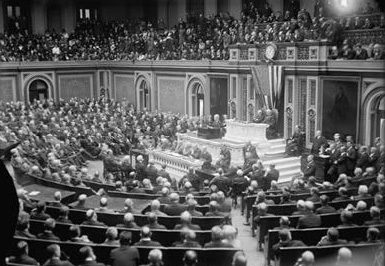
President Woodrow Wilson gives the first State of the Union address to Congress in person. Presidents are constitutionally required to give a yearly report to Congress (image courtesy the Library of Congress).
The Legislative Branch
This branch is responsible for creating laws. Congress also confirms or denies presidential nominations for heads of federal agencies and judges, sets the budget, and has the authority to declare war.
Congress has two bodies: the House of Representatives and the Senate. Congress is bicameral because of the Great Compromise of 1787. The compromise arose to allow states with a larger population a law-making chamber that mirrored their size, allowing these states to dominate the activities of that house. To balance this, another chamber with equal representation from all states was created to maintain the national power of states with smaller populations.
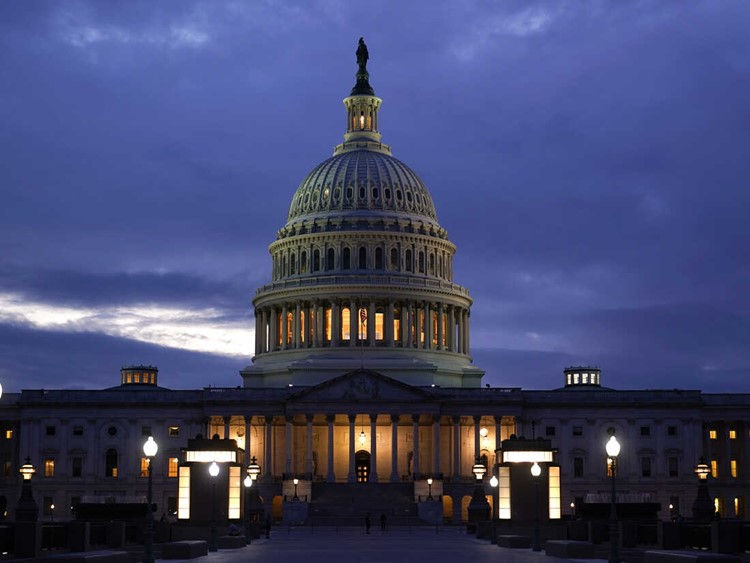
The name for the United States’ legislature is the US Congress, and this is the building where they meet. It is called the US Capitol building. State legislatures are called legislatures and meet in their Capitol buildings (image courtesy NPR).
The House of Representatives
One part of the United States bicameral legislature is the House of Representatives. It is a group of legislators based on the population of the states. The House is led by the speaker of the house who is part of the current majority party. The speaker is also the next in line for the presidency if the vice president is incapable. Currently, there are 435 elected representatives. A representative serves a two-year term with no limit on the number of terms. Their terms are short, so this body can more closely reflect the current public opinion on political issues. The House has many powers assigned to it by the Constitution, such as the power to write the federal budget, introduce bills, impeach federal officials, and elect the president in the case of an Electoral College tie. The House is the part of the government that may declare war.
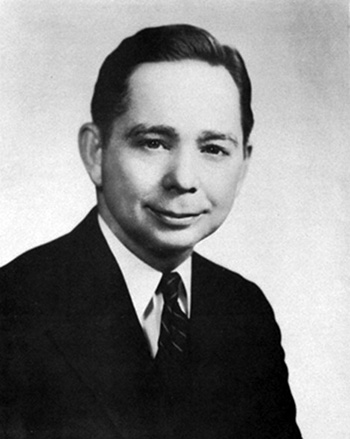
Carl Albert served as the Speaker of the House from 1971 to 1976 (23139.G24, John Dunning Political Collection, OHS).
The Senate
The Senate is the other part of the United States’ bicameral legislature. It is composed of two senators per state. There are one hundred senators in the Senate. The SeThe vice president leads the Senatetors serve six-year terms and do not have a term limit. The Senate is also different from the House because only one-third of the Senate is elected each election cycle. The Senate has powers assigned to it by the Constitution. These include the powers to confirm the president’s appointments to federal positions, ratify treaties, and try impeachment cases given to it by the House. The Senate has a role in foreign policy through their confirmation of foreign service staff and their responsibility in ratifying treaties concluded by the executive branch.
The Executive Branch
The President
This branch is responsible for carrying out and enforcing laws. The head of the executive branch is the president. The president has many roles and they include:
Chief of state: The president is the leader of the country
Chief executive: The president enforces laws, appoints key federal and grants pardons
Commander in chief: The president leads the military
Chief diplomat: The president negotiates with other countries
Chief legislator: The president signs bills into laws, introduces legislation. and works on the budget with Congress
Head of the party: The president helps their party with raising money and electing candidates
The president is not directly elected the way senators and representatives are. During a presidential election, people vote for electors to send to the Electoral College. These electors cast their votes, and they actually elect the president.
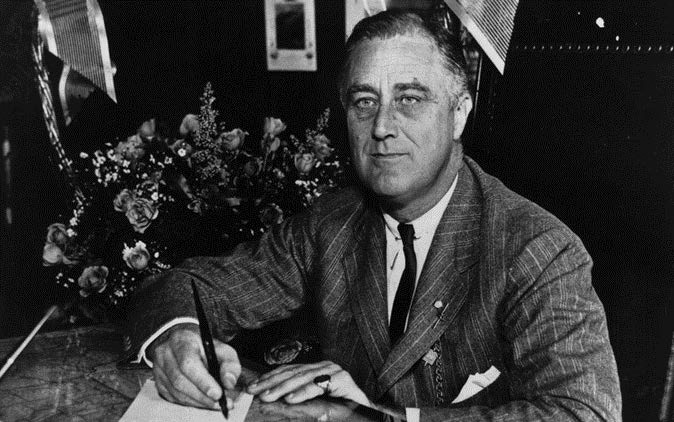
Franklin Delano Roosevelt was elected to four terms! He is the reason there is the twenty-second amendment to the Constitution limiting the amount of time a president can serve (image courtesy NPR).
The Vice President
The vice president, or VP, is the president’s second-in-command. They have their own responsibilities but their most important job is to run the country if the president is incapable (Article II, Section 1, US Constitution). Some of their other roles are running the Senate and breaking tie votes in that body. The vice president also collects the electoral votes for the presidential candidates and announces it in front of Congress.
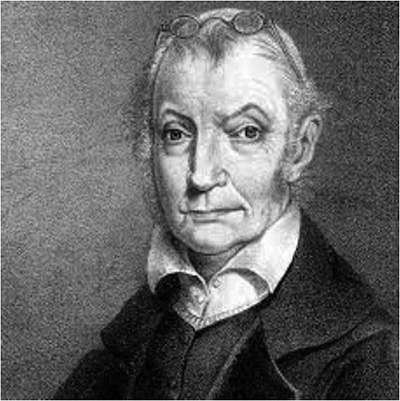
The election of Aaron Burr to the vice presidency convinced many people that they had to change the rules for electing the president and vice president (image courtesy National Archives).
The Cabinet
The cabinet is a tradition from the beginning of the presidency as well as an interpretation of Article II, Section 2 of the US Constitution. It is a group of the heads of executive departments such as the secretaries of defense, education, and treasury, as well as the vice president and the attorney general. This group helps inform the president on issues.
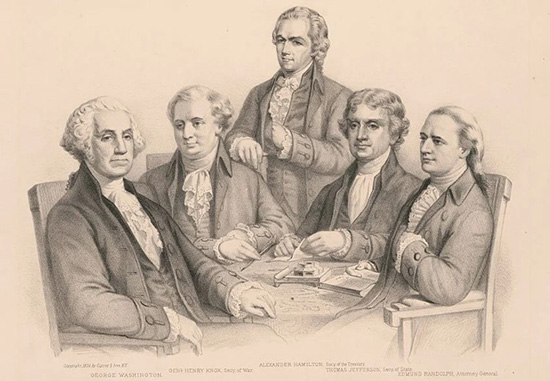
Washington and his cabinet (image courtesy Smithsonian magazine).
Federal Agencies
These agencies are separate from the presidential cabinet. They are established by statutes passed by Congress. They are very similar to the executive departments because federal agencies report to the president. However, unlike the executive departments where a secretary is confirmed and fired by the president, in federal agencies the head is chosen by the president but cannot be removed by them. This helps limit the power of the president while opening the opportunity for diverse opinions to be heard by the president. Examples of independent federal agencies include the Central Intelligence Agency, the Environmental Protection Agency, and the Federal Reserve.

The Department of the Interior is responsible for managing the country’s land and natural resources (image courtesy Department of the Interior).
The Judicial Branch
This branch is responsible for interpreting the meaning of laws, applying laws to cases, and deciding if laws violate the Constitution. Some courts within the judicial branch conduct trials to determine if a defendant has violated a law (criminal) or caused an injury (civil) to another party. In a criminal trial, the prosecuting party is the government. Sometimes, a guilty verdict can result in the incarceration of a person. A civil case is where one person or group sues another person or group over an issue that has caused a problem and they cannot come to an agreement about how it should be solved. There are three types of courts in the federal judiciary: district courts, circuit courts, and the Supreme Court. The president appoints judges and they are confirmed by the Senate.
District Courts
District courts are the lowest level of court in the federal government, and include the bankruptcy court, Court of International Trade, and the US Court of Federal Claims. District courts conduct both civil and criminal trials. There are ninety-four district courts across the US. The goal of these courts is to get the facts of a case and reach a verdict using a judge and jury.
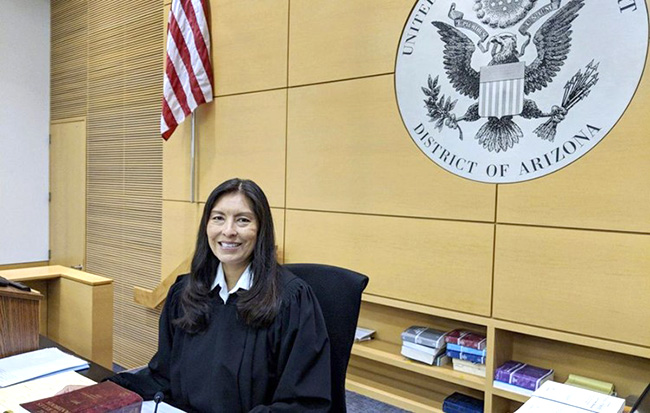
Judge Diane Humetewa (Hopi) is a federal district judge with the US District Court of Arizona (image courtesy AP).
Court of Appeals
These courts are the next highest level in the judicial branch. There are thirteen appellate courts across twelve regional circuits, which were created by organizing the ninety-four federal judicial districts. The thirteenth court is called the Court of Appeals for the Federal Circuit and can hear special cases from other specialized courts such as the Court of International Trade. The goal of these courts is to see if the district courts applied the law correctly to court cases. These courts consist of three judges and do not use a jury. The appellate courts only examine if the district court came to its decision properly. They do not retry cases or offer new chances for the case to be heard if new evidence is discovered.
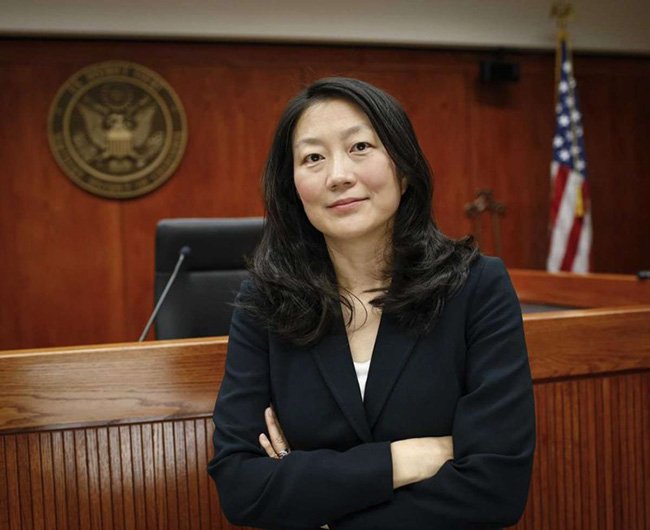
Judge Luck Koh serves on the US Ninth Circuit Court of Appeals (image courtesy San Francisco Chronicle).
This is the highest court in the United States. Article III of the US Constitution directs the creation of the Supreme Court, which has final authority over all court cases. It is made up of nine justices: a chief justice and eight associate justices. These are nominated by the president, confirmed by the Senate, and serve for life. A lifetime appointment allows justices to make unpopular opinions because they cannot be thrown out of office as a result of their ruling.
Only the Supreme Court has the power to decide if a law is constitutional or not. This is called judicial review and was established by the court case Marbury v. Madison in 1803. There are many court systems in other countries that do not have judicial review. Decisions are reached by the justices choosing a side. Most of the time, decisions require five justices to support it.
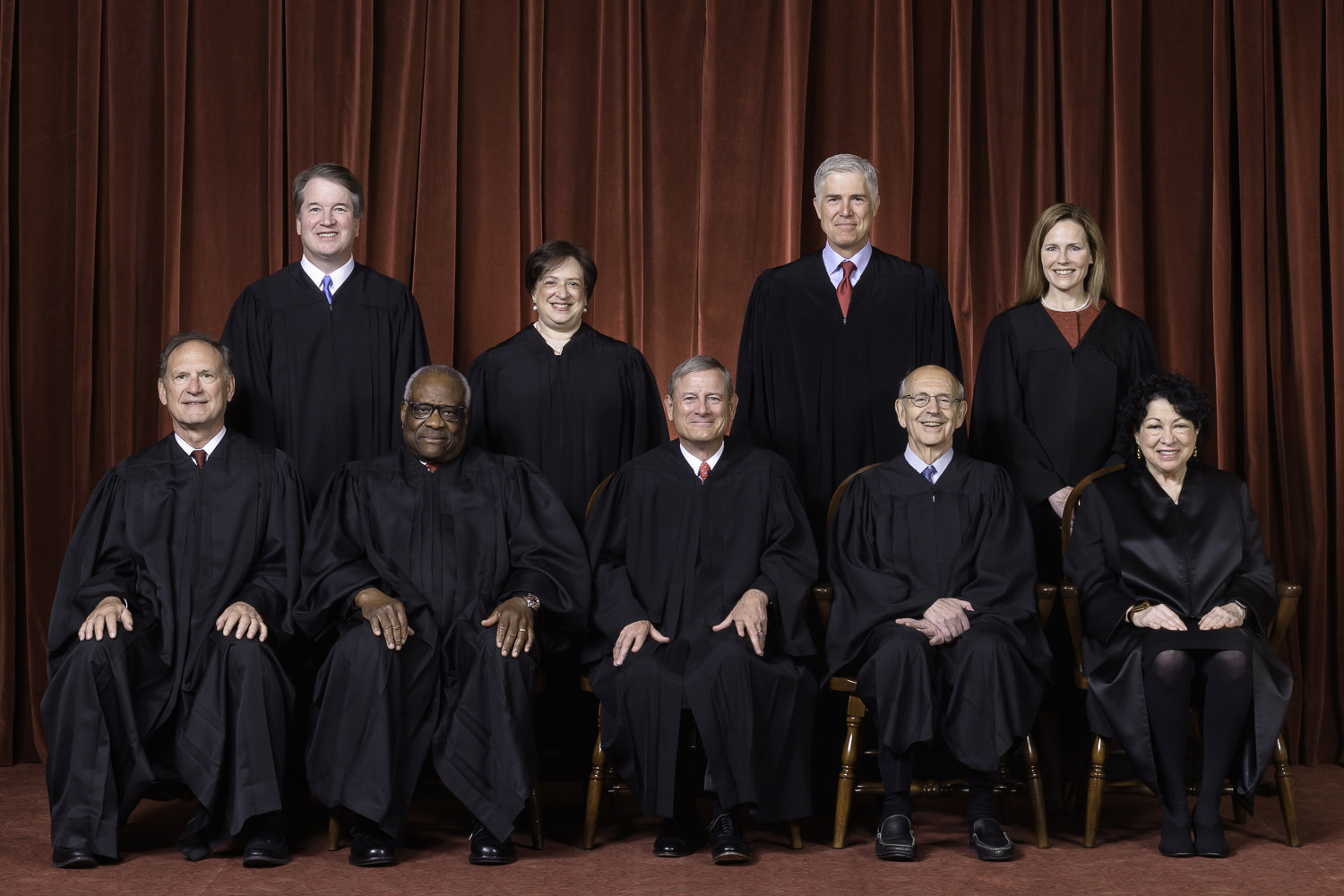
The Supreme Court in 2022. Seated, left to right: Associate Justice Samuel Alito, Associate Justice Clarence Thomas, Chief Justice John Roberts, Associate Justice Stephen Breyer and Associate Justice Sonia Sotomayor. Standing, left to right: Associate Justice Brett Kavanaugh, Associate Justice Elena Kagan, Associate Justice Neil Gorsuch and Associate Justice Amy Coney Barrett(image courtesy the Supreme Court, Collection of the Supreme Court of the United States).
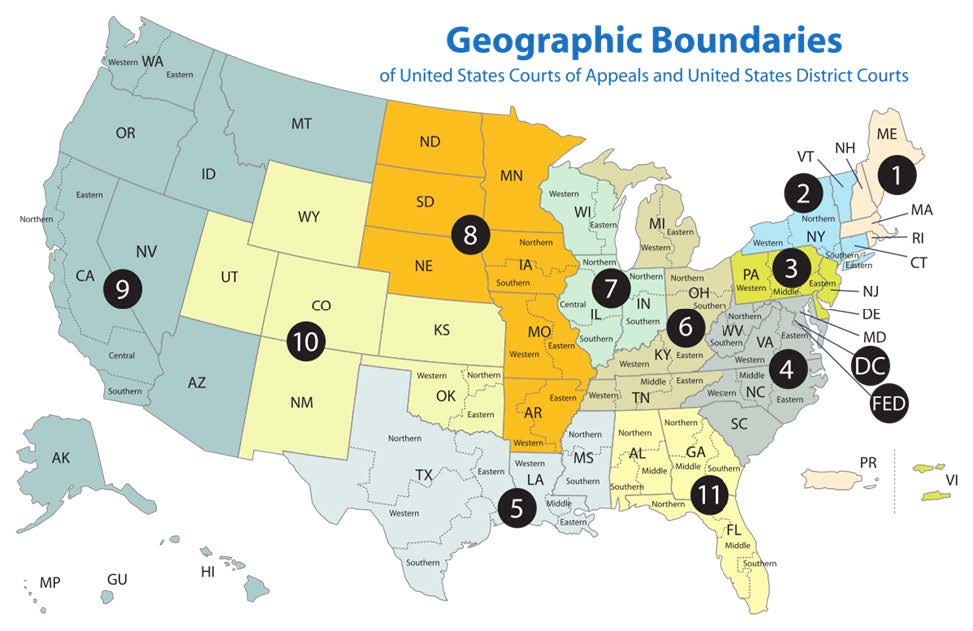
The district and appellate court system is organized geographically (map courtesy of UScourts.gov).

